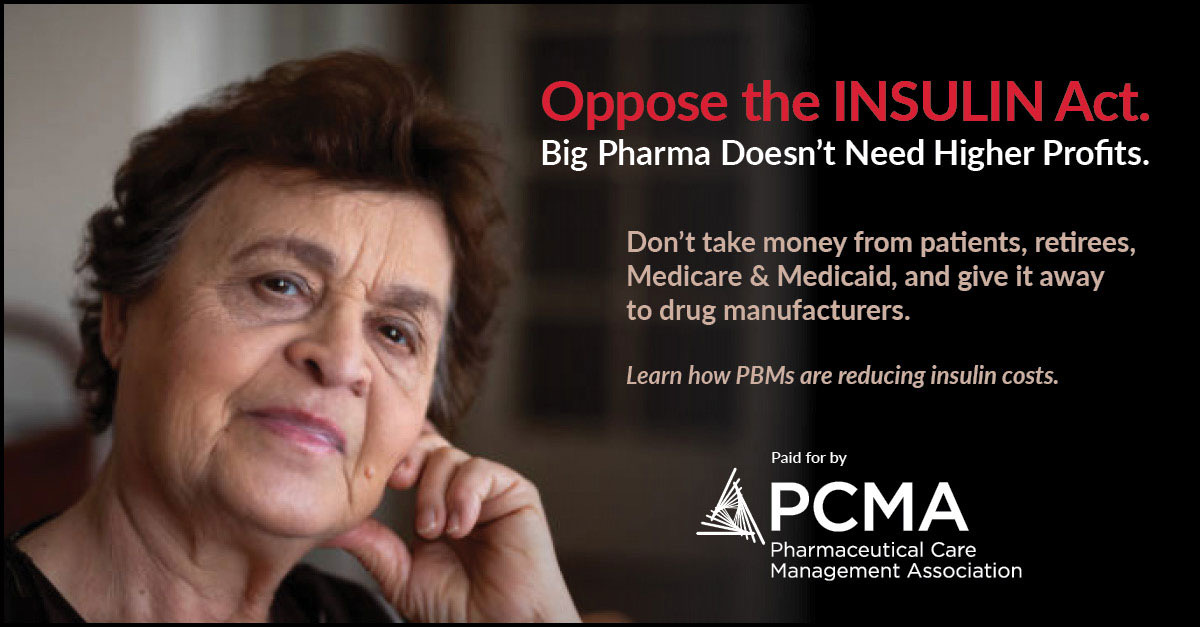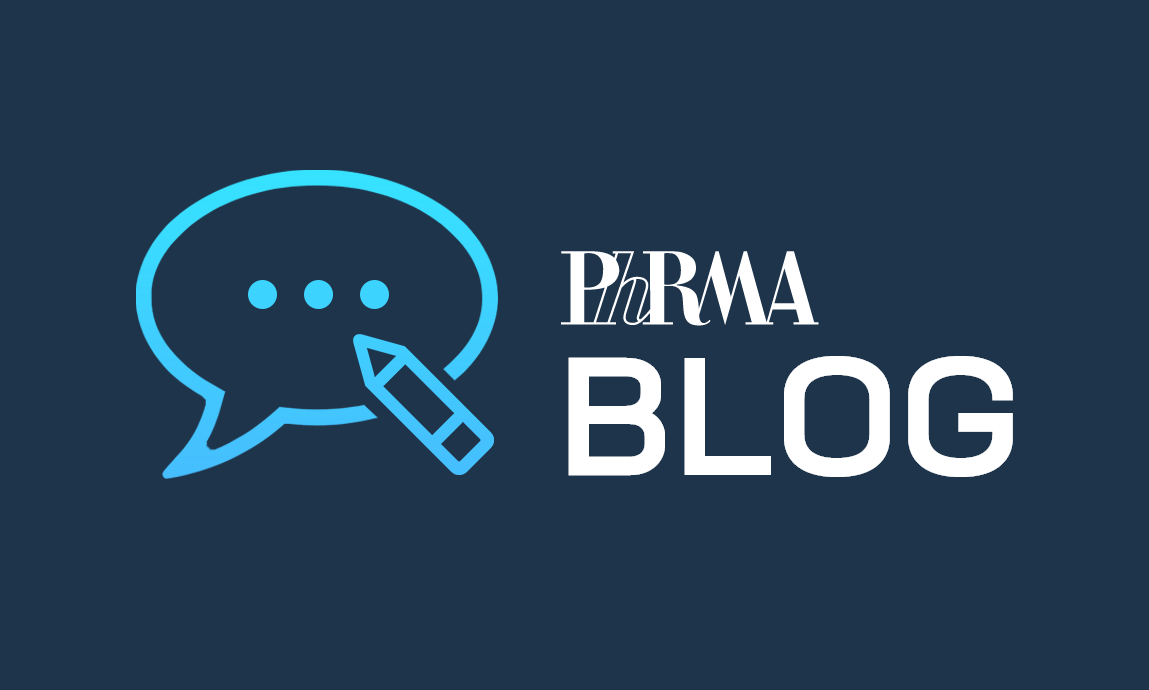With Congress sending to the president a partisan reconciliation spending bill, the cost of insulin is receiving greater attention. Numerous proposals have been introduced in recent months aimed at capping what patients pay out of pocket for insulin. Despite what the White House’s talking points falsely suggest, PhRMA hasn’t taken a position on these bills. The same can’t be said, however, of pharmacy benefit managers – middlemen who work for insurers. Their association has been running ads urging lawmakers to reject lower insulin costs for patients:

In sharp contrast, PhRMA has long supported policies that would help lower what patients pay out of pocket for medicines, including insulin. The best way to provide patients meaningful relief is by addressing incentives in the insurance system that lead to higher costs for patients. When you look at the facts, insulin is an important example of what’s wrong with the current system.
As health plans and middlemen gobble up a larger share of insulin spending, they’re also blocking access to lower-cost alternatives.
Nothing in the reconciliation bill addresses these abusive practices.
Help Available for Insulin Patients
While the reconciliation bill fails to provide meaningful relief for many patients, there is still help available for those who can’t afford their medicines due to lack of adequate insurance coverage. For example, the three major insulin manufacturers – Eli Lilly, Sanofi and Novo Nordisk – all offer robust patient assistance programs that help lower a patient’s out-of-pocket costs for insulin at the pharmacy.
And the same is true for other treatments that patients may not be able to afford. That’s why PhRMA launched the Medicine Assistance Tool (MAT), which helps patients, caregivers and health care providers learn about the resources available through patient assistance programs offered by biopharmaceutical research companies.
While Congress is about to miss an opportunity to deliver real relief for patients who rely on insulin and other lifesaving treatments, our organization will continue to push for sensible solutions that address the affordability challenges people experience and provide the assistance vulnerable patients need.




